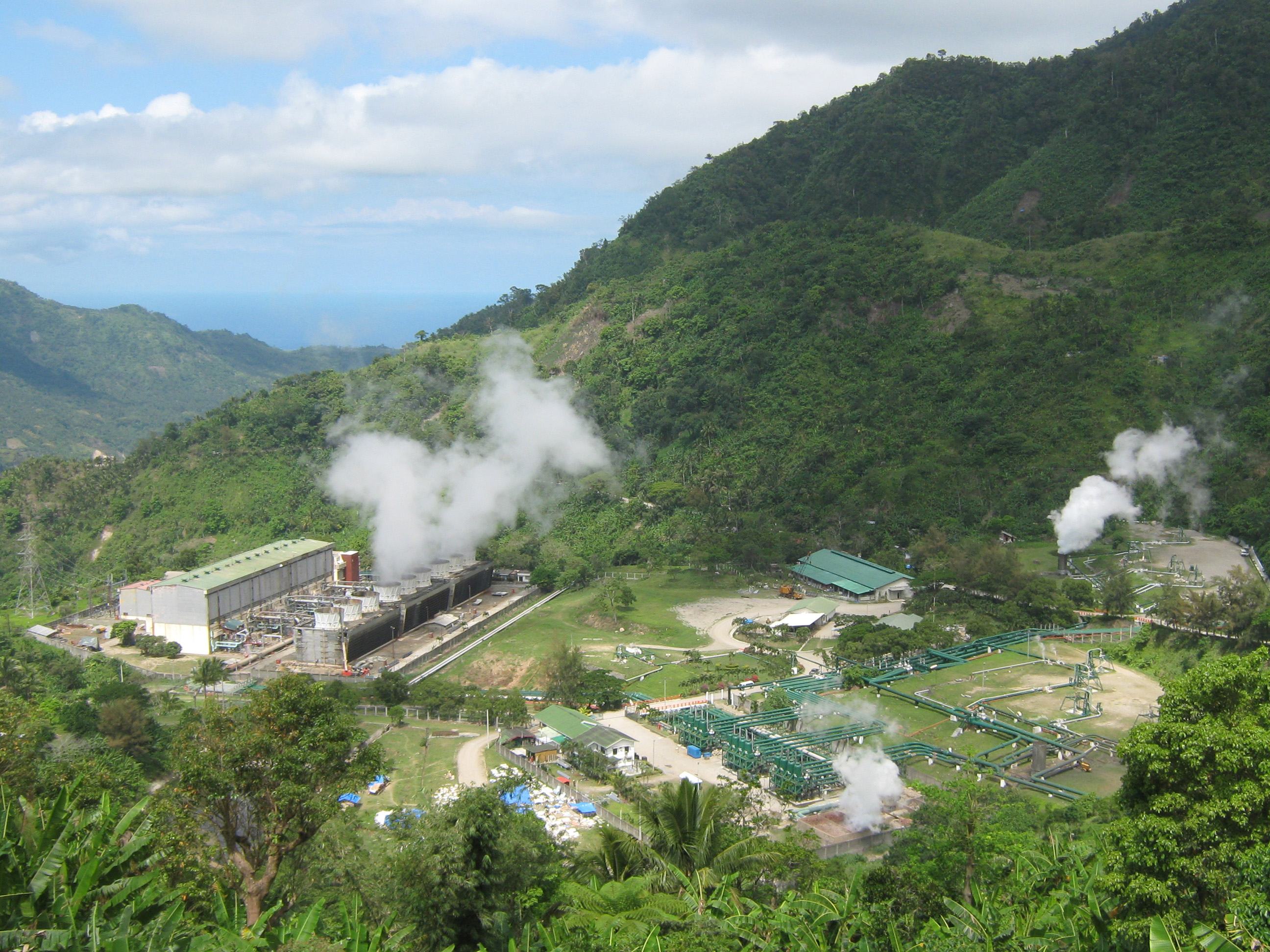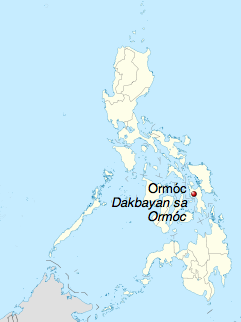Richard Ha writes:
I sent in testimony, on behalf of the Big Island Community Coalition, regarding HB 106, draft 1. This bill contemplates repealing Act 97 (geothermal subzones, etc.).
We should keep the good parts of this bill and add parts that make it better. We need balance as we take care of everyone’s needs. This is about all of us, not just a few of us.
Here’s my testimony:
To the Water & Land committee
Aloha Chair Evans and Vice Chair Lowen,
The BICC is very strongly in favor of amending this bill.
There are good things in this bill; let’s leverage that. We are strongly against repealing it in its entirety.
No question: home rule should be addressed. This was an unfortunate oversight the last time around. Let’s fix it.
The heart of the bill that must be kept is the part that allows geothermal exploration and development in various land use designations. The geothermal resource exists where it exists, not where we want it to exist. So we need a larger area to explore, not less. By having more choices we can get further away from populated areas. And we can increase our chances of success. The permitting process gives the necessary checks and balances to protect the people.
The essential problem we must solve is how to protect the people from rising oil prices. Repealing Act 97 in its entirety will raise our electricity prices.
The petroleum era is less than 150 years old. Oil is a finite resource and we are observing increasing oil prices. Oil price has quadrupled in the last 10 years. In contrast, the Big Island will be over the “hot spot” for 500,000 to a million years.
Geothermal-generated electricity is less than half the cost of oil-generated electricity. And it will be stable for 500,000 years.
The Big Island’s electricity costs have been 25 percent higher than O‘ahu’s for as long as anyone can remember. The Big Island Community Coalition is a grass roots organization that was formed to drive the cost of electricity on the Big Island down.
One of the BICC members did a cost analysis of a local school district’s 12 month electricity bills – generally 2012. Their costs (total of all schools involved) averaged $115,900/month.
At O‘ahu’s rates, those costs would be $115,900/1.25 = $92,700. That’s a savings of $23,200/month or $278,400/year.
If we figure $70,000/year pay for a teacher, the difference is four teachers for the district.
Because of these kinds of things, the BICC said enough was enough. People turned out at the PUC hearings, and consequently the governor issued a press release saying that HECO/HELCO had withdrawn its proposed 4.2 percent rate hike.
No one has ever told us: “We disagree with you; we want higher electricity rates.”
The members of the BICC are Dave DeLuz, Jr., John E.K. Dill, Rockne Freitas, Michelle Galimba, Richard Ha, Wallace Ishibashi, Ku‘ulei Kealoha Cooper, D. Noelani Kalipi, Ka‘iu Kimura, Robert Lindsey, H.M. “Monty” Richards, Marcia Sakai, Kumu Lehua Veincent and William Walter.
Rising electricity rates act like a regressive tax, but worse. As electricity prices rise, folks who can afford to get off the grid will do so. Those who cannot leave, the rubbah slippah folks, will be left to pay for the grid.
If we can achieve low-cost, stable electricity, trickle-up economics can result. If the rubbah slippah folks have money to spend, they will spend. Then businesses will be able to hire, and then we won’t have to send our children away to find jobs.
There is a lot at stake here.
Good luck.
Aloha,
Richard Ha
Cell 960-1057
I’ve been to five Association for the Study of Peak Oil conferences. I was co-chair of the Geothermal Working Group authorized by SCR99, and sit on the Hawaii Clean Energy Initiative (HCEI) steering committee and the State Board of Agriculture. I’ve been to Iceland to see geothermal in operation, and I was part of the Big Island delegation that toured geothermal resources in the Philippines.
At Hamakua Springs we farm 600 fee simple acres of diversified crops. I do an Ag and energy blog at hahaha.hamakuasprings.com.


